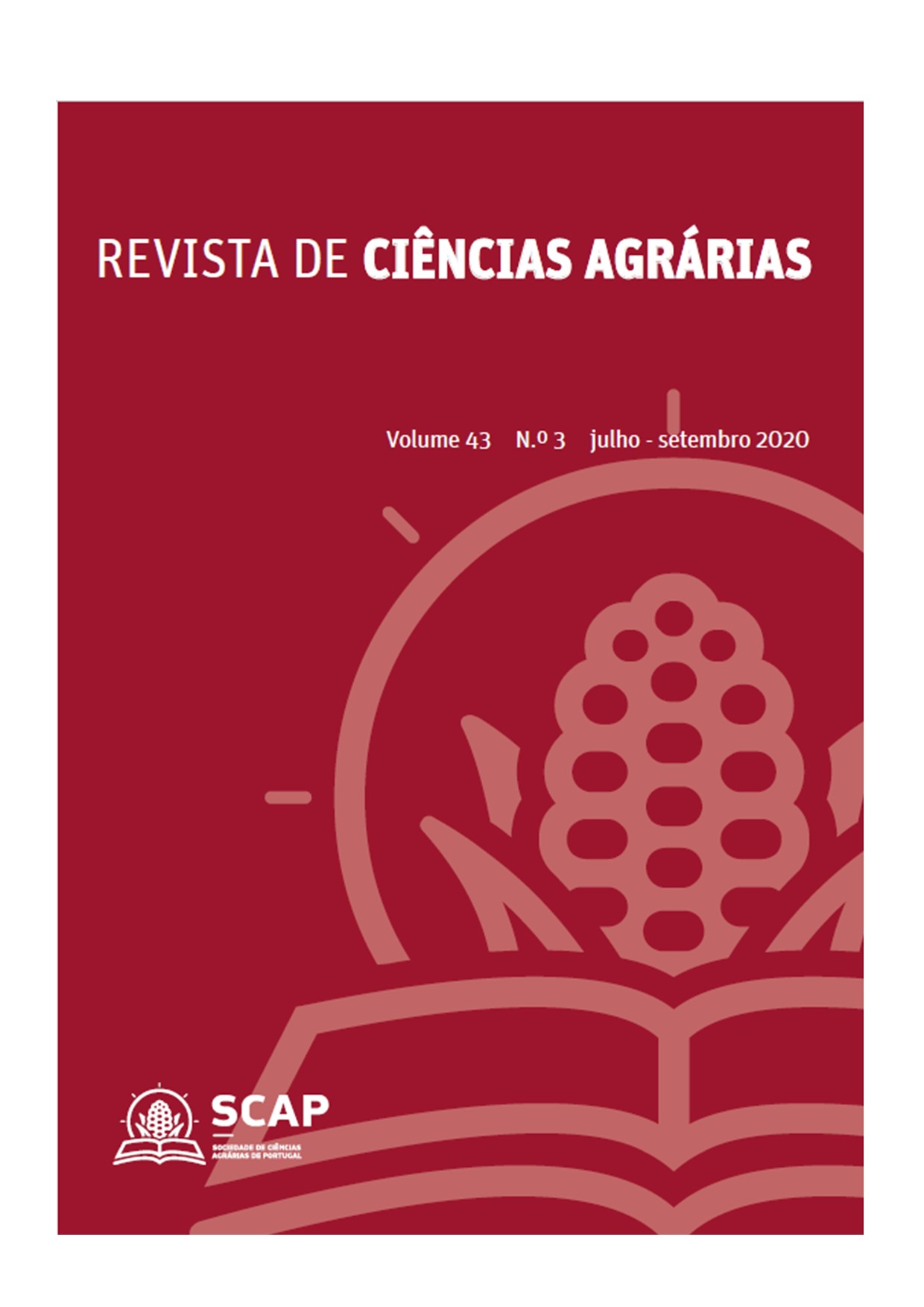Residual phosphorus availability by agricultural valorization of sewage sludge
DOI:
https://doi.org/10.19084/rca.20394Abstract
The main objective of this study was to evaluate the availability of residual phosphorus delivered by the application of sewage sludge to the soil. The experiment was carried out in pots in a conditioned environment, using a two crops sequence, maize (Zea mays) followed by ryegrass (Lollium multiflorum). A randomized complete block design was used, with three replicates, and thirteen experimental treatments as follows: (i) control, without phosphorus supply; (ii) four treatments with increasing levels of phosphorus supplied through sewage sludge; (iii) four treatments with increasing levels of phosphorous supplied through calcium phosphate and (iv) four treatments with the same levels of phosphorus but supplied through sludge plus calcium phosphate. The observed results show that in the first crop (maize), the supply of the maximum amount of sludge (equivalent to 120 t / ha) caused a decrease in biomass yield and led to a lower use of phosphorus by the crop, whereas a significant increase of the average production in all ryegrass cuts was obtained. This may be due to the inhibition of phytotoxic agents present in sewage sludge. Apparent phosphorus recovery was much higher in the second crop in all experimental treatments, which demonstrates the residual effect that occurs when this element is applied to the soil in organic and / or mineral form.


